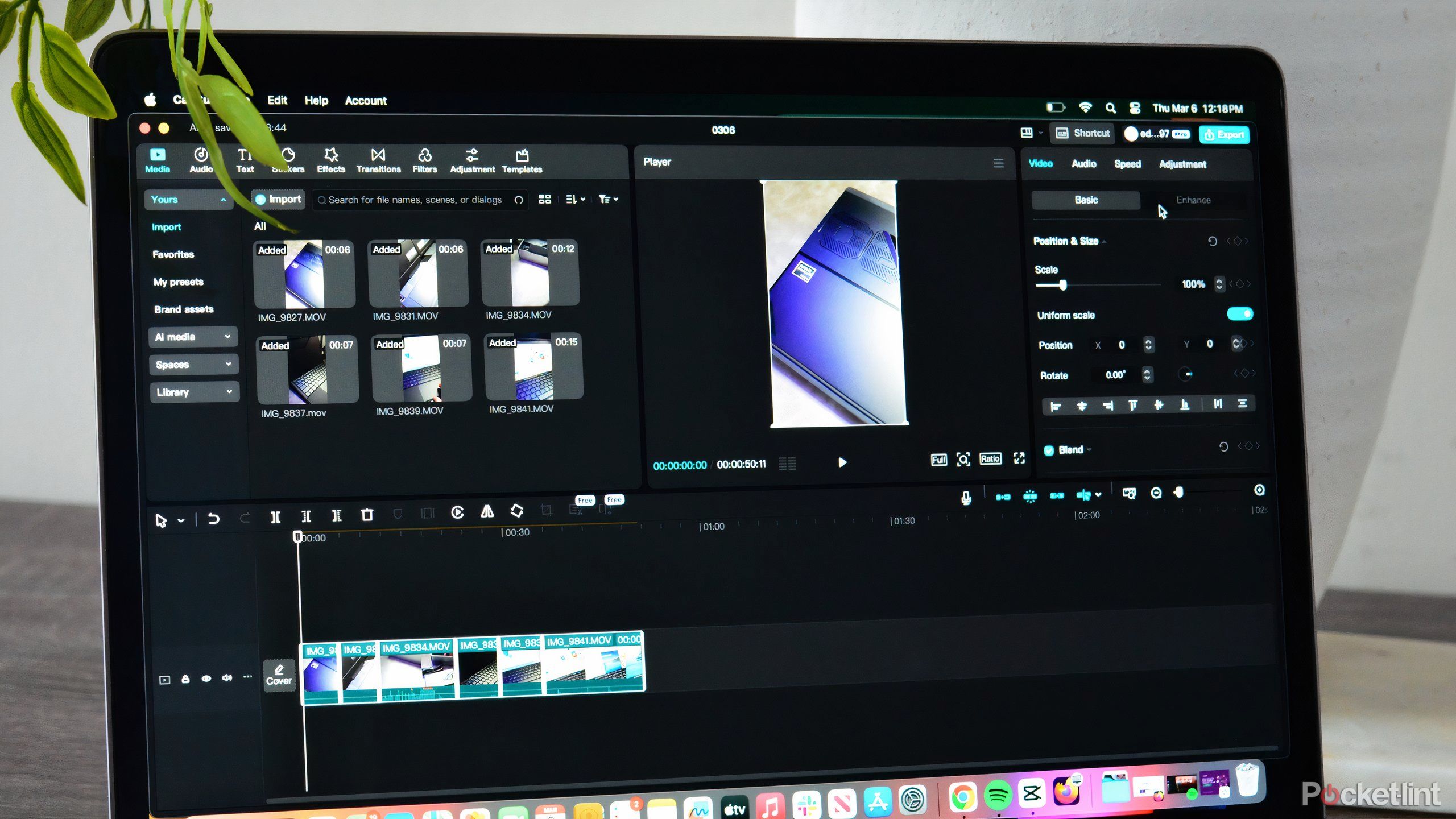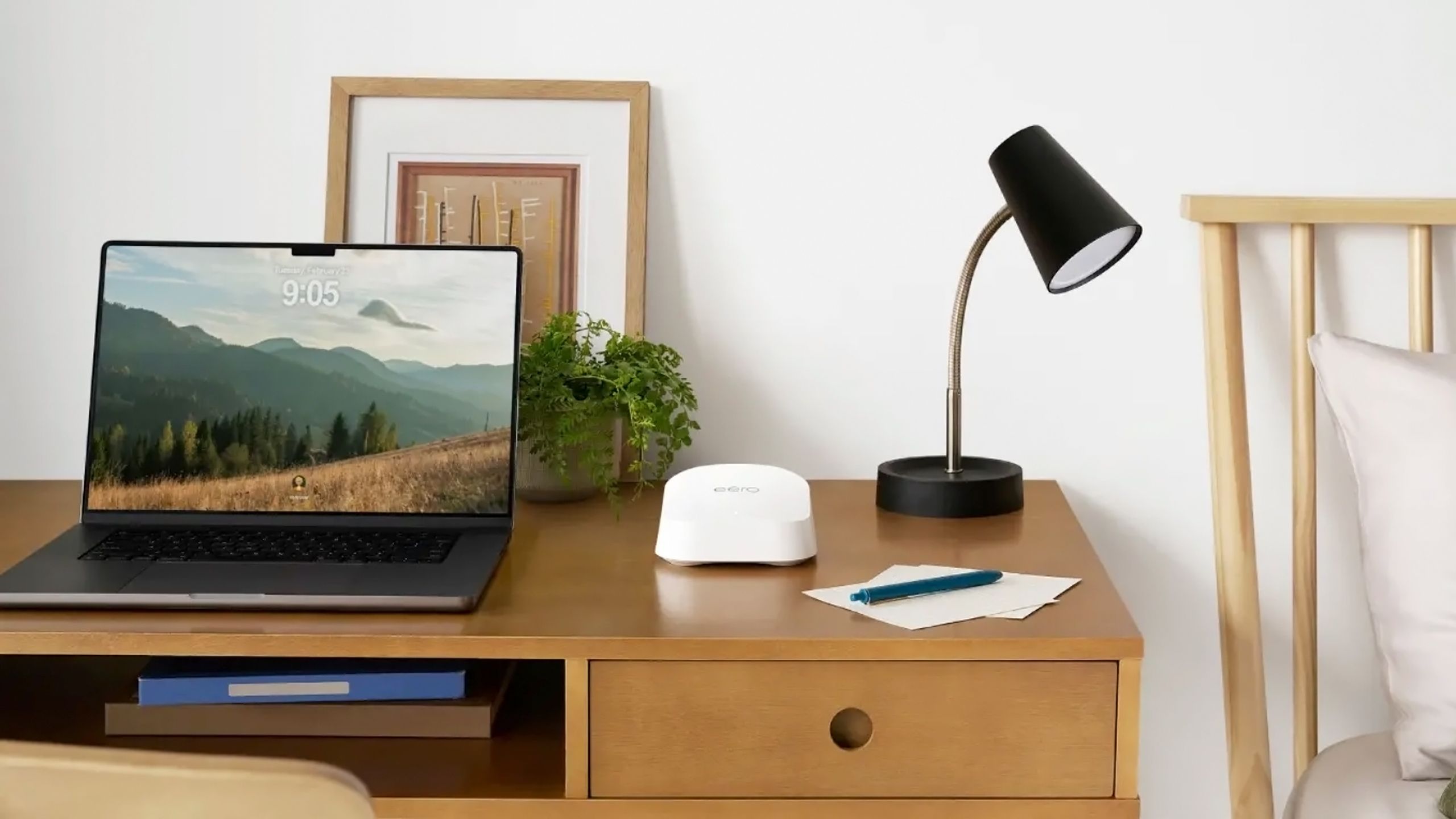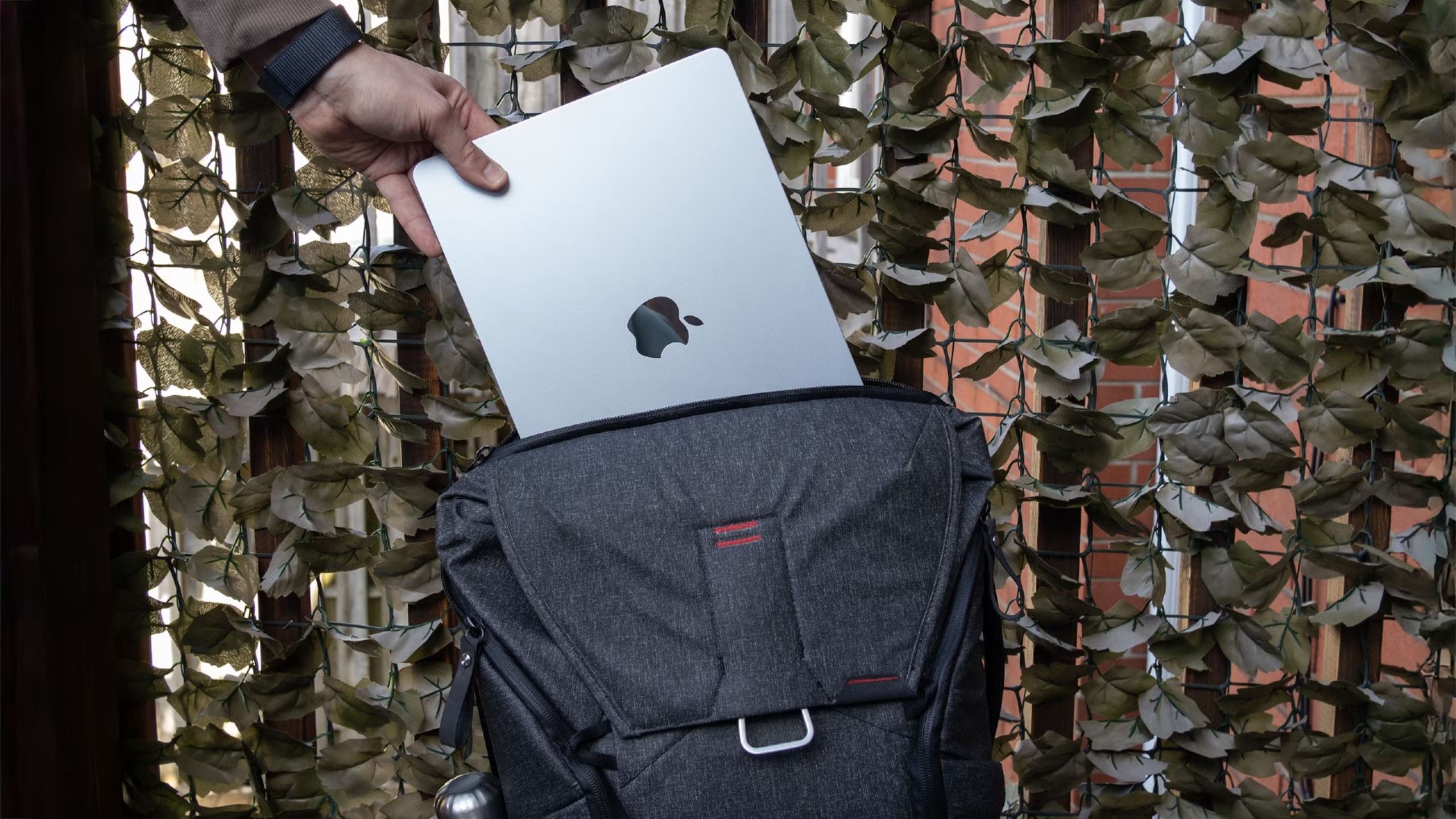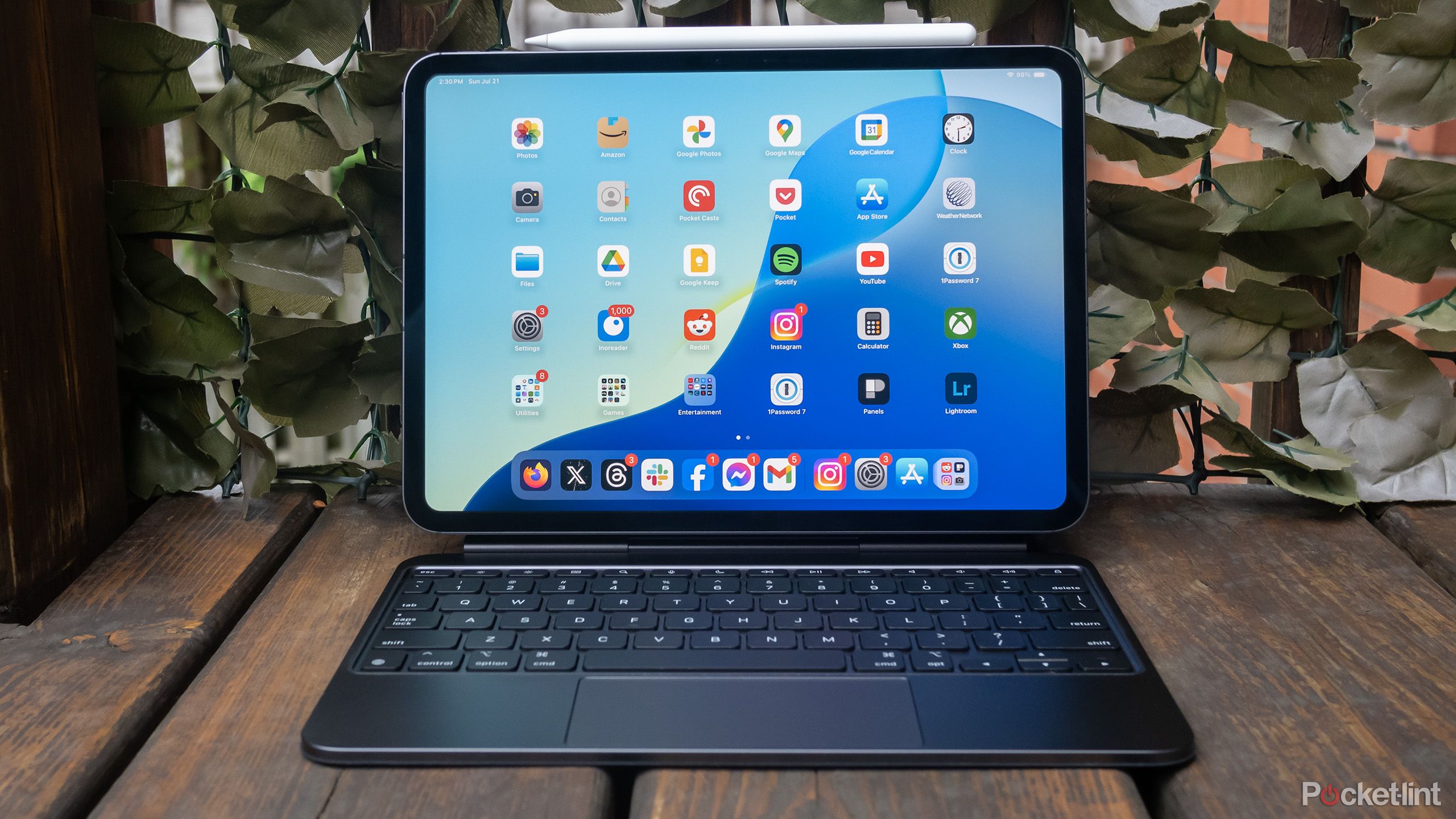Summary
- I’m hoping the next MacBook Pro’s M5 processor will offer a significant speed boost, not just an incremental one, saving real professionals some time.
- I’d like to see Wi-Fi 7 and Thunderbolt 5 become default across all pricing tiers, if just for the sake of future-proofing an expensive work machine.
- More color options would be nice, too, as would OLED or micro-LED panels for more contrast. It’s also high time that Apple does away with camera notches.
I have to confess — I’m not the target audience for the
MacBook Pro
. While I appreciate its power, ports, and build quality, I feel a
MacBook Air
is just fine for most personal and work tasks. And if you want to play games, you’re probably better off buying a console, a high-end Windows laptop, or a
handheld PC
. The MacBook Pro probably best serves people like professional video editors and audio producers, and I’m not in that camp.
With that said, I always look forward to testing new MacBooks, and Apple is reportedly planning to refresh the MacBook Pro in October or November of 2025. There are several items on my wishlist this year, some of which go beyond the obvious, or even what Apple is realistically capable of at the moment.
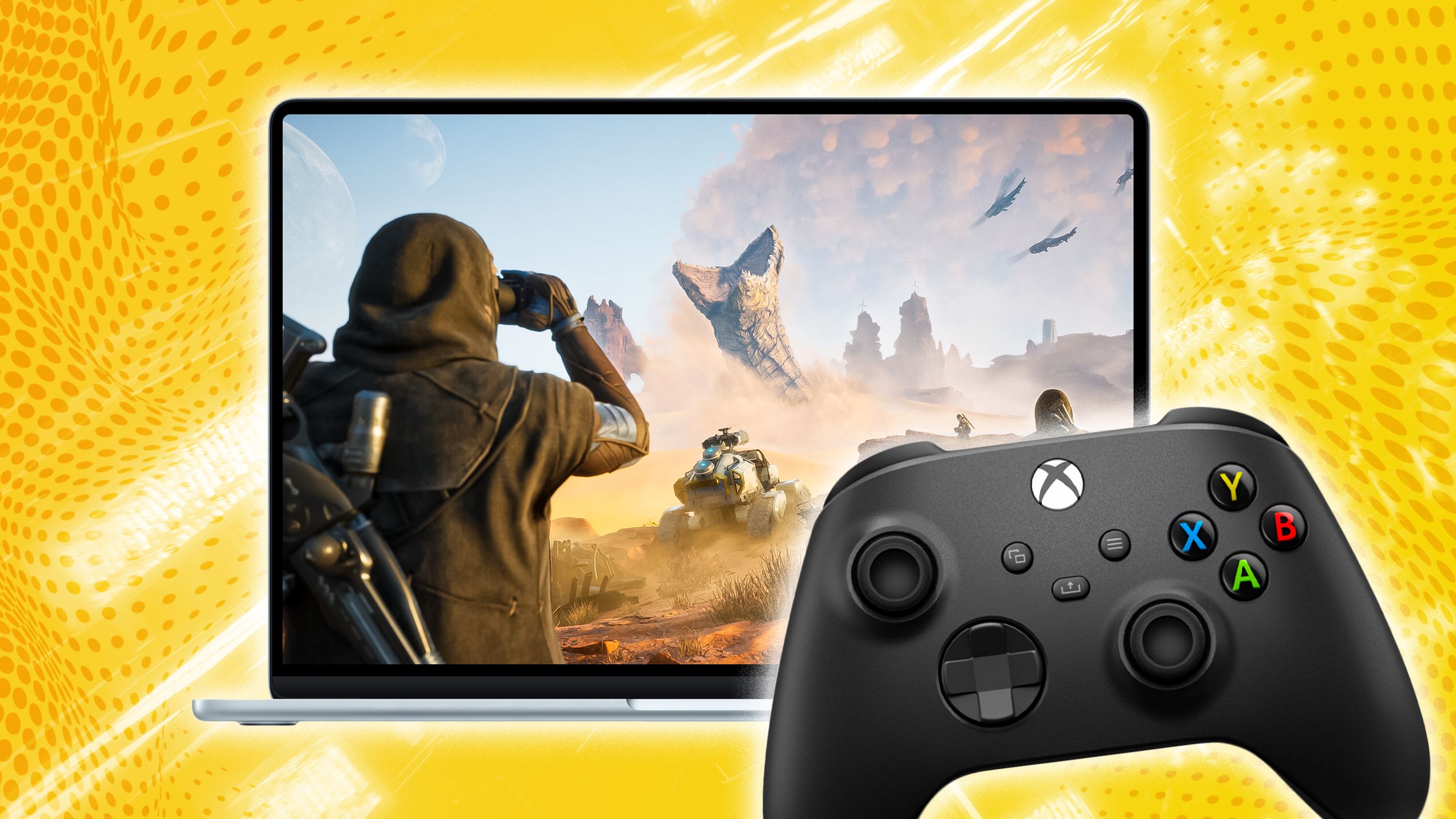
Related
Are Macs good for gaming in 2025? It’s complicated
Apple has been struggling to attract gamers to Macs for decades. How’s it doing now?
1
An M5 processor (with a meaningful speed bump)
Not that it’s necessary
The M4 chip in current MacBook Pros is probably plenty for most users, if not overkill. It can handle many editing tasks with ease, and even most high-end 3D games — the ones that are actually compatible with Macs, I mean, like the Resident Evil 4 remake. With simpler apps like Safari or PowerPoint, it’s going to blow through them like they barely exist, RAM use notwithstanding.
From a critical point of view, a slight boost is disappointing, and for professionals, the gap between 15 and 25 percent could save huge chunks of time.
Rumors suggest that the M5 will improve performance by around 15 to 25%, and I really hope it’s towards the latter end of the spectrum. From a critical point of view, a slight boost is disappointing, and for professionals, the gap between 15 and 25 could save huge chunks of time, say if you’re trying to export a video project measuring hundreds of gigabytes. It might be the difference between beating rush hour traffic after work and getting stuck in it.
We’ll presumably get Pro and Max variants of the M5, as usual, but I hope the base chip shows solid benchmarks. That’s the one most people can actually afford without a corporate expense account to back them up.
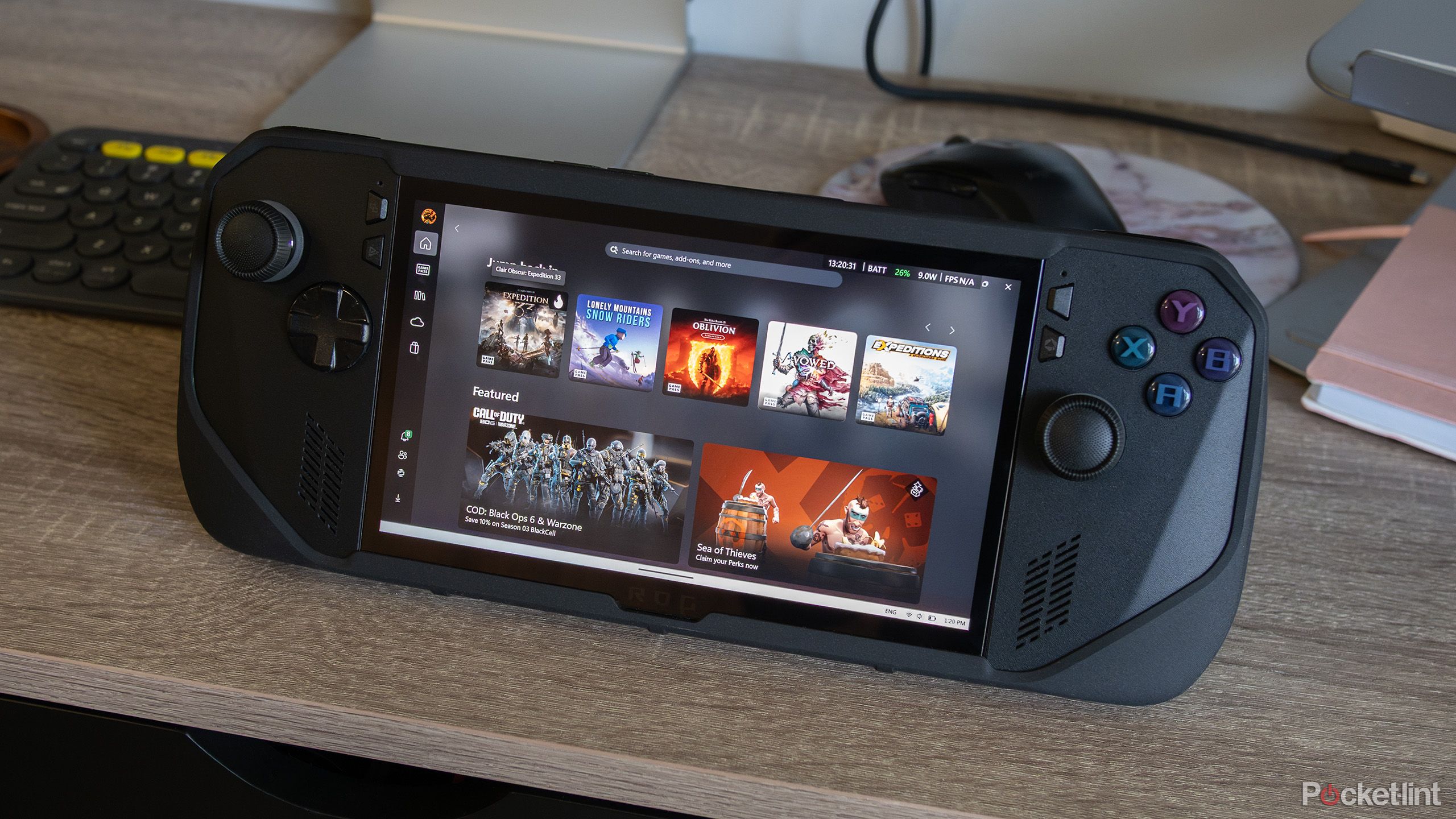
Related
How I saved $150 this month on games for my ROG Ally X
Xbox Game Pass Ultimate has given me a level of cost-effective gaming freedom I didn’t expect.
2
Wi-Fi 7 and Thunderbolt 5 across the board
Keeping up with the Joneses
Eero
Oddly enough, all of 2024’s MacBook Pros shipped without
Wi-Fi 7
, despite that tech having first launched in January that year. Granted, most internet connections still can’t exploit the standard — you’re often lucky to have a 1 or 2Gbps plan — but future-proofing matters when you’re buying a work machine that needs to last two to three years or more. By 2028, some of us might actually have 5Gbps connections at home.
Thunderbolt 5 supports 80Gbps transfer speeds by default, and can hit 120Gbps under special circumstances.
Meanwhile, most M4 MacBooks shipped with Thunderbolt 5, but the entry-level model was stuck with Thunderbolt 4. That wasn’t a big deal, but Thunderbolt 5 supports 80Gbps transfer speeds by default, and can hit 120Gbps under special circumstances. That translates into support for more and sharper external monitors, as well as faster external storage. A Thunderbolt 5 scratch drive can make a world of difference for content creators. For us plebes, it means less time waiting for backups to complete, or better performance streaming
offline movie collections
.
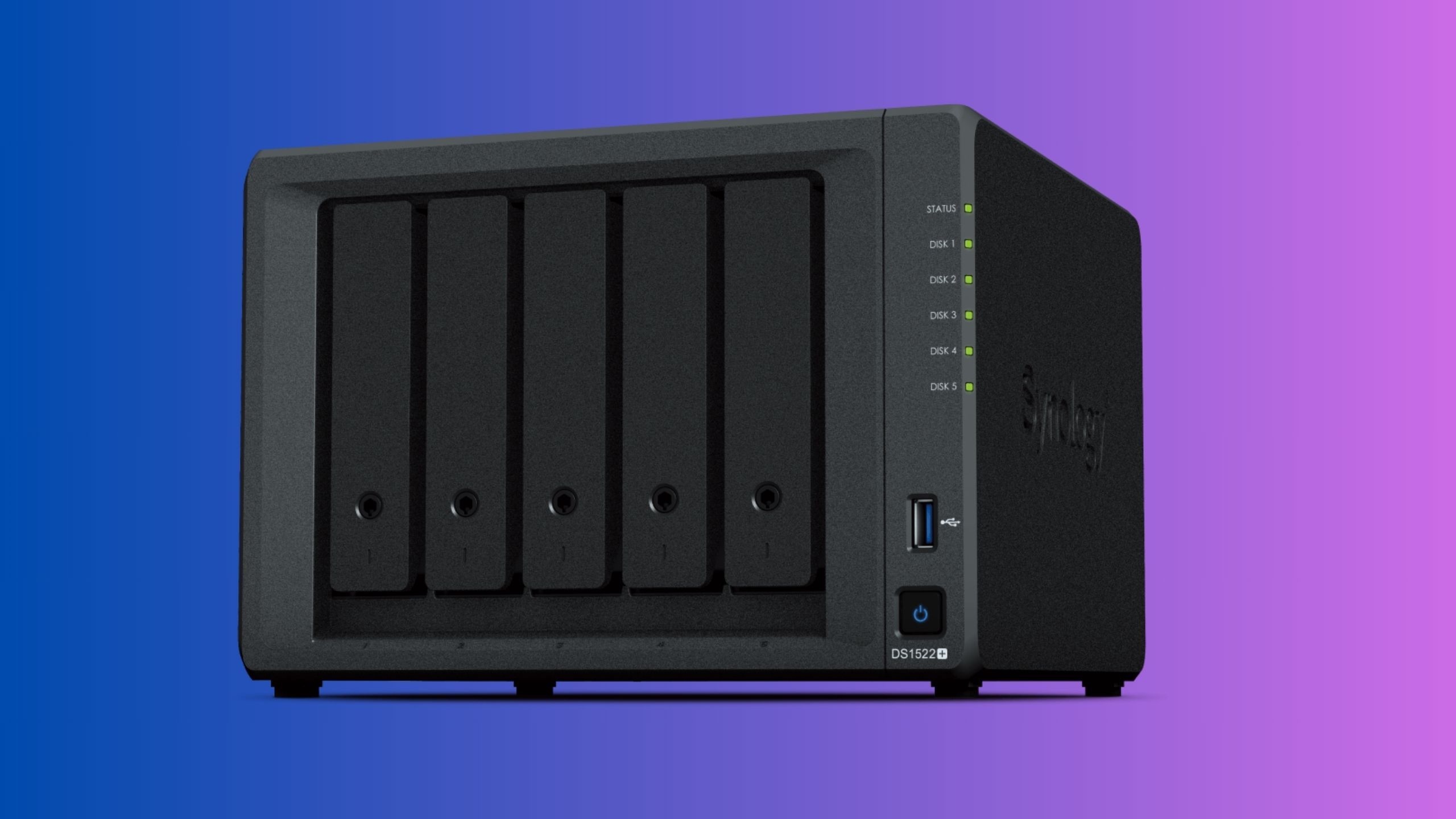
Related
Why I ditched physical storage for the convenience of a NAS
Say goodbye to your piles of hard drives and USB sticks.
3
More color options
Quite the long shot
Pocket-lint
The famous joke about the Ford Model T was that you could have it in any color as long as it was black. The MacBook Pro comes in two shades, thankfully, but those are still relatively dull: Silver and Space Black. Presumably they’re meant to match the “professional” moniker, but it’s not as if lawyers, designers, and engineers don’t show a little style occasionally. No one’s going to kick you out of a board meeting for having a green tie or a green computer.
Bolder options would be even better, a few possibilities being navy blue, burnt orange, or a crimson red.
I’d like it if Apple at least mirrored the options available to MacBook Air buyers, which add Sky Blue and Starlight (light gold) into the mix. Bolder options would be even better, a few possibilities being navy blue, burnt orange, or a crimson red. I feel like a burnt orange MacBook would really suit me for a mobile workstation, especially if I could get matching accessories.

Related
I touched grass and now space gray laptops make me sad
If this earthy hardware trend took off, I’d be thrilled.
4
A notchless micro-LED or OLED screen
A man can dream, can’t he?
I doubt most owners are complaining about the displays on current MacBook Pros. They support a huge P3 color gamut, and 1,000 nits of brightness, with the ability to peak at 1,600 nits for
HDR (high dynamic range)
imagery. I would’ve killed for that when I was a working photographer.
My ideal 2025 MacBook Pro would eliminate any sort of display notch, and use either OLED or micro-LED technology to boost contrast.
Apple is allegedly working to bring both OLED and “hole-punch” cameras to MacBook Pros, but not until 2026. That’s disappointing, given that some rival laptops already have OLED, and most avoid any sort of camera intrusion in their screens. I get it, Apple — I know you hate bezels, but it feels a little ridiculous to eat into the display area because you’d rather avoid a few extra millimeters of aluminum, glass, and plastic.
My ideal 2025 MacBook Pro would eliminate any sort of display notch, and use either OLED or
micro-LED
technology to boost contrast beyond the already impressive 1,000,000:1 ratio. Apple’s been using both technologies on other devices for years, including the iPad Pro — so it’d really just be a question of scaling up to 14- and 16-inch panels. I’ll bet the company is mostly concerned about maintaining profit margins, which might take a hit if the company wants to keep prices in the realm of sanity. You’re already paying a high premium for Apple’s build quality, considering intensifying competition from Windows laptops.

You might also like
Everything you need to know about PEVs, or personal electric vehicles
You can use PEVs to explore, run errands, or speed up your commute.





